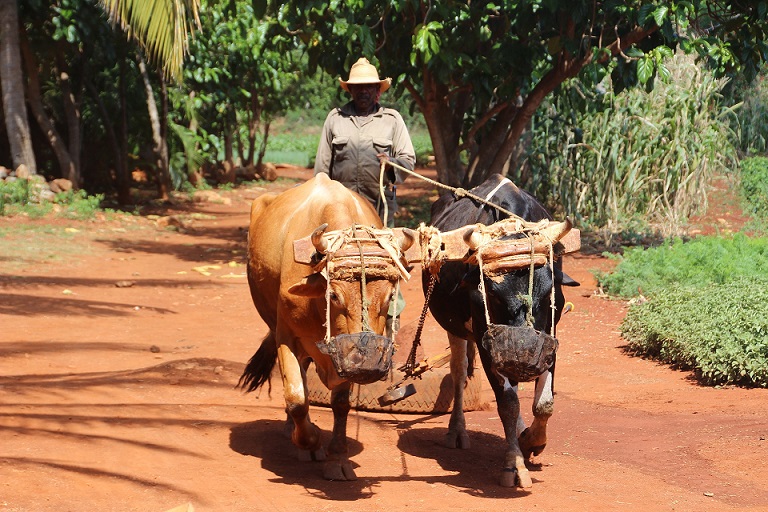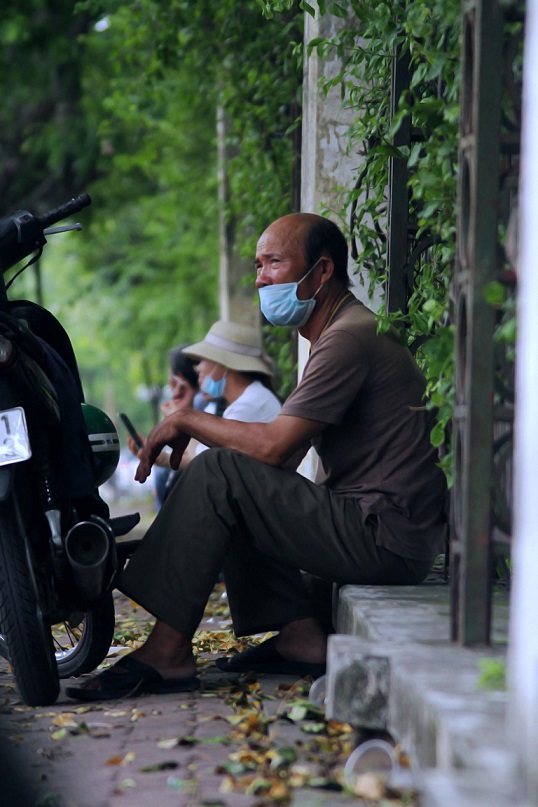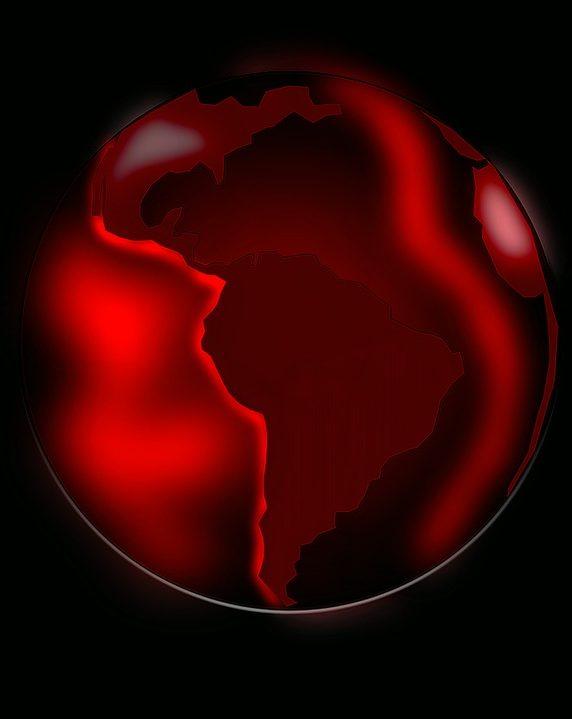In Latin America the high cost of food has a strong social impact, which amongst other things, is shown by greater poverty and destitution.
 Lourdes Pérez Navarro
Lourdes Pérez Navarro
The price index for food of the Food and Agriculture Organisation of the United Nations (FAO) continued to rise in 2013 and reached the third highest annual value recorded, a factor of great impact on the increase of hunger and poverty.
According to a recent report from the above organisation, this indicator had an average of 206.7 points in December, almost unchanged from the previous month. In this period, a strong increase in dairy produce was registered and prices soared for meat, which was compensated by a pronounced fall in contributions of sugar and the low cost of cereals and oils.
For the whole of 2013, the index had an average of 209.9 points, a figure which was 1.6% less than in 2012 and well below the peak of 230.1 points in 2011, but was still the third highest reported annual value.
According to the FAO report, in the year just ended, international prices of cereals, sugar and oils decreased, due to an abundance of supplies.
The increase in supply observed after record harvests in 2013, continued to exert downward pressure on international costs of wheat and corn, while in contrast, the cost of rice rose slightly in December.
 This being the reason why all last year, the price index of cereals averaged 219.2 points, 17 less than in 2012.
This being the reason why all last year, the price index of cereals averaged 219.2 points, 17 less than in 2012.
Meanwhile, the cost of sugar in 2013 was 18% lower than the previous year, which was due in part to a higher than expected sugar cane harvest in Brazil – the largest producing country and exporter of this item.
Added to this was the news of maximum quantities of production in Thailand, the second largest sugar exporter in the world, as well as the good harvests in China.
In contrast, the price index for dairy produce stood at an average of 243 points, the highest annual value since its introduction, during which time the demand for milk, especially from China, remained high and manufacturers in the southern hemisphere focused on this product, to the detriment of butter and cheese.
Meanwhile, the cost of meat averaged 188.1 points in December, up from November’s level, and throughout 2013 remained historically high.
Demand from China and Japan drove the prices of beef, veal and pork up, while poultry remained stable and mutton and lamb decreased.
Global Impact
In Latin America the high cost of food has a strong social impact, which amongst other things, is shown by greater poverty and destitution.
According to a report by the Economic Commission for Latin America and the Caribbean (ECLAC) published last December, there were approximately 164 million Latin Americans living in poverty in 2013 (27.9% of the population).
 Of those, 68 million live in extreme poverty or destitution, a figure which represents 11.5% of the inhabitants in the region.
Of those, 68 million live in extreme poverty or destitution, a figure which represents 11.5% of the inhabitants in the region.
In 2012, while a fall in the rates of poverty and destitution in the region (1.4 and 0.3 percentage points, respectively, compared to 2011) was recorded, the pace at which these figures are dropping has slowed from a decade ago, indicated by a study from the Social Panorama of Latin America 2013.
In absolute terms, poverty remained stable in 2013 compared to 2012, when the poor also totalled 164 million people, although this lowered the percentage of the population in this situation slightly by 0.3 points.
Instead, the number of homeless, which totalled 66 million in 2012, rose to 68 million in 2013 (an increase of 3%).
ECLAC experts stated that these results are closely related to the macroeconomic performance area.
While prices continue to fluctuate and more than 840 million people suffer from hunger around the world, a third of all food is wasted, according to data released by the FAO.
The Director General of the FAO, José Graziano da Silva, recently said that the total amount of food produced and not consumed would be enough to feed more than two billion people.
High prices, wasted food, more poverty and destitution: problems for the world to resolve in 2014 in order to not turn this year into a repetition of high food costs, bringing with them numerous negative social consequences. (PL)
(Translated by Susan Seccombe – Email: ess.translations [@] gmail.com) – Photos: Pixabay












.jpg)












